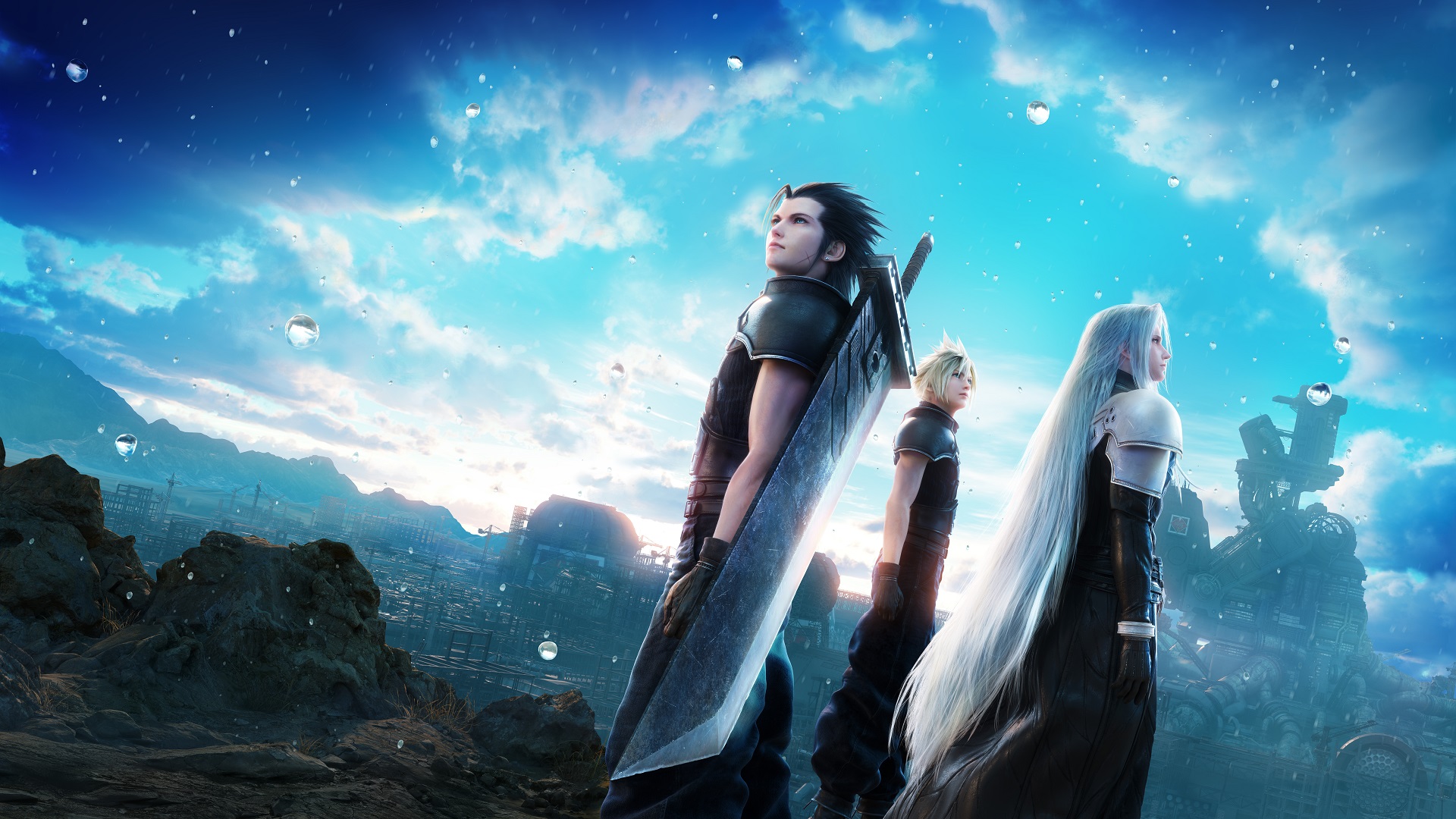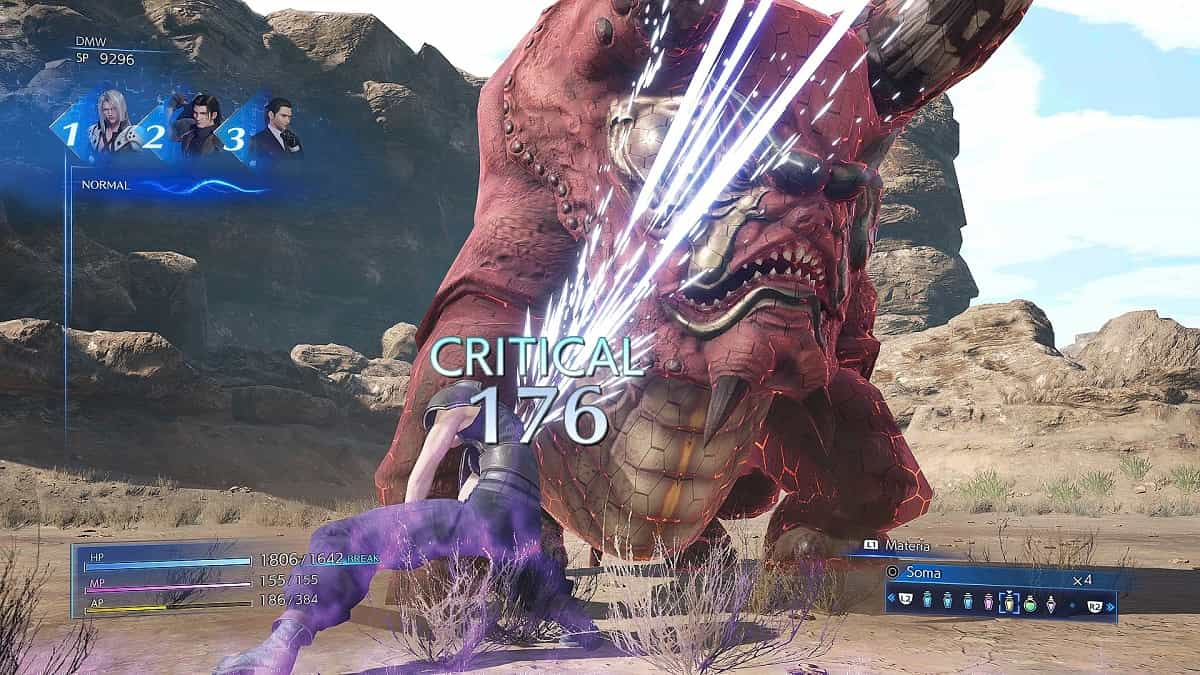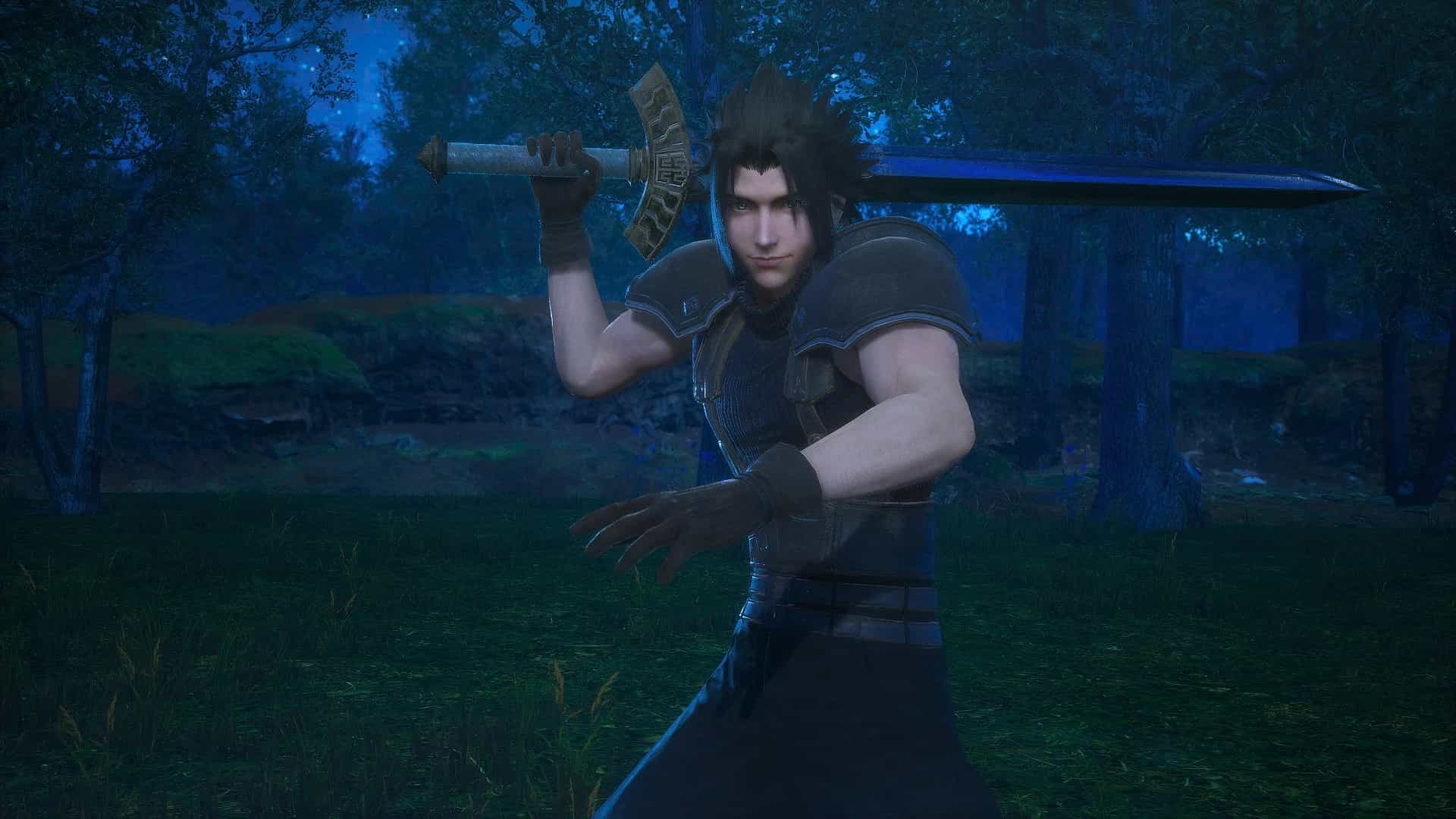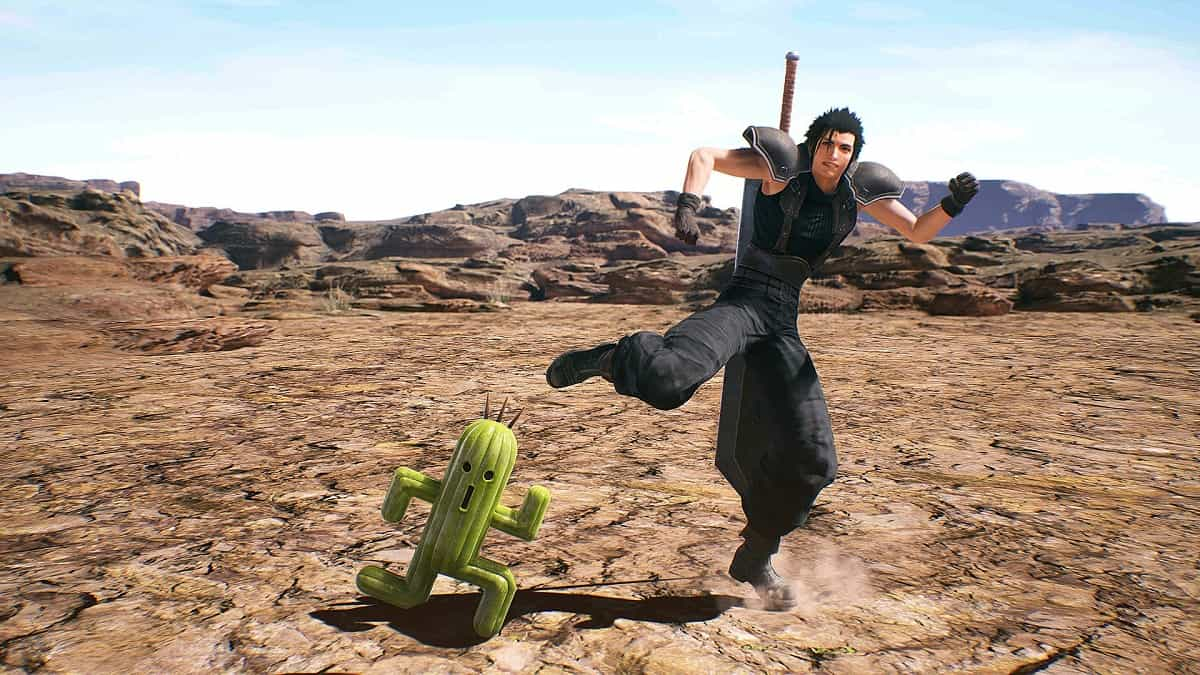Crisis Core: Final Fantasy VII Reunion is an easy sell for anyone like me. This shiny new version is the game you remember, not what the original has aged into. There are issues still, but so much has been done with this remake to keep its goodwill alive, especially for a game very much of its time mechanically. It’s not just a joy to revisit and see Zack Fair back in action, but it’s borderline-vital for anyone invested at all in the FFVII CU.
All things considered, FFVII Remake is far and away the better game of the two. But Remake may well become the definitive version of the best RPG we’ve seen to date. So, it’s not an inherently fair to compare the two in the first place. That said, if you’d like to try out Remake but don’t want to commit just yet, Reunion could be the amuse-bouche to entice you further in.
Reunion makes sense as an entry point, too – set seven years before the events of FFVII, it provides some key context to the coming conflict. I’ve no doubt that everyone will recognize Sephiroth, the quintessential antagonist of the series. However, Crisis Core begins before his grand heel turn, while he was still a member of SOLDIER, much like our hero Zack, who works alongside him and the rest of their elite force in the final days of the Shinra corporation’s war with the neighboring nation of Wutai.
Over the course of 20-or-so hours with our ensemble cast of super-soldiers and their adjacent staff, Crisis Core tackles some heady stuff: corporate overreach, what it means to serve as a proponent of a morally questionable state, what it is to be human, and in classic fashion, doing the right thing, no matter the cost.
It’s plotty, campy, and draws you in from the off. And much like the original, the back third still falls down as the narrative threads come together. Key story beats are delivered in an off-hand manner to a bewildering effect, and some things are just plumb not explained at all. But for all this, the biggest moments still land as they should.
So, what’s different this time around? The bulk of the changes in this fittingly-overtitled remaster are around the combat and aesthetics, and these changes are almost entirely positive. Great, even.
While fighting is still instanced and the random encounters remain, the whole experience has been brought in line with something akin to Remake. Most notably is a dedicated button for your normal attack. In the original, all actions are tied to a scrolling menu and a single action button, so if you want to use a spell or an item, you can’t attack in the meantime. Now, your materia are tied to the face buttons when holding down the left shoulder button and items to B (or Circle), giving you much more flexibility and responsivity in your approach.
The Digital Mind Wave, Crisis Core’s strange slot machine battle mechanic, has seen extensive work, as well. Its premise is that as you battle, it continues to spin until it lands on a combination, triggering either a limit break, summon, buff, or permanent stat boost. For an ostensibly luck-based system, it’s very generous. If an encounter takes more than a few swings of your sword, you’ll almost certainly see some benefit materialize, whether that’s a short window of no MP cost or a special move to clear the battlefield entirely.
Whereas in the PSP version, DMW routinely interrupts the flow of battle by chucking out your bigger attacks at random, limit breaks and summons are now assigned to button controls to be deployed when you deem fit. The animations are skippable now, which I feel reduced my overall playtime by at least 10%.
The aesthetic work here has been improved across the board; assets from Remake surface to give a cohesion between the titles and serve to massively upgrade the original visuals. The score has been rerecorded and sounds fantastic. As well as a re-translated script, the voiceovers have been updated with the Remake cast, which is mostly an improvement. This is home to the one weak link, however, as Zack is pretty hammy and wooden throughout. The performance ends up giving a few pivotal moments a somewhat surreal bent, as the cinematic feel slips into amateur dramatics.
I’d like to have seen a little more being done to modernize the experience outside of combat and visuals though, such as stitching together portions of the map while exploring, rather than going in and out of loading screens, as fast as they are while playing on Series X.
And if any content should have been trimmed, it’s the mission system. There are exactly 300 of these optional quests, ranging from two to 10 minutes on average. If we split the difference and call it five minutes each, you’ll need around 25 hours to beat them all, which is a fair bit longer than the main quest itself. They’re also where all the best gear is hidden, so you’ll need to interact with them a little to give yourself the upper hand as you progress into the late game. Luckily, Reunion does a good job of signposting where the good stuff is to save you trudging through all of them needlessly.
Bonus points, too, for actually being accessible on modern platforms for the first time in ages. I’m sure that even the most diehard Final Fantasy enthusiasts will have squirmed a little when faced with having to track down ancient hardware for an otherwise ringfenced game.
Crisis Core Final Fantasy VII Reunion Review – The Bottom Line
Pros
- Combat lovingly modernised in line with FFVII Remake.
- Much easier on the eyes than the original.
- Enough quality of life updates to make you forget this was a PSP game, for the most part.
Cons
- New voice acting performances can be pretty ropey at times; Zack in particular has a few Wiseau-esque moments
- The under-cooked final act still has its issues.
- There is still entirely too many missions.
Whether you’re a returning player or you’ve had your eye on Crisis Core in the past, Square Enix has delivered again in its ongoing saga of overhauling FFVII for a modern audience.
For better or worse, there are no surprises of the ilk seen in Remake, though I would have happily seen some liberties taken with the events here, even if just to tidy up the game’s finale a little. But given that the PSP version sold considerably less than the OG FFVII the first time around, Reunion will be new enough to most people to generate interest.
So far as remasters go, this is up there with the best of them. Faithful to a fault, gorgeous, and updated just enough to bring a great, if dated, game back into relevance. Conflict resolved.
[Note: Square Enix provided the copy of Crisis Core: Final Fantasy VII Reunion used for this review. Featured image via Square Enix.]










Published: Dec 19, 2022 03:54 pm